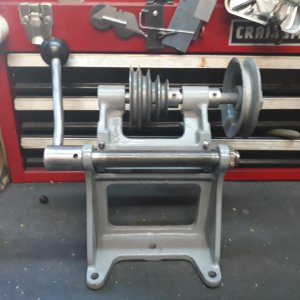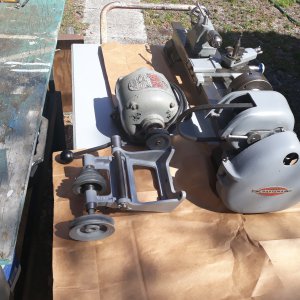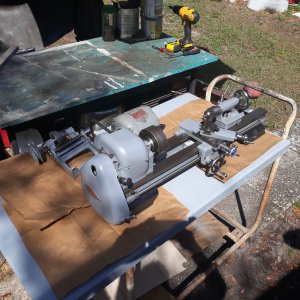- Joined
- May 26, 2015
- Messages
- 764
Yes it was for the 64T that goes on the end of the lead screw. There was already one on it, but as luck would have it, that one was broken so I'm glad I had it.it's a spacer for the change gears
Only thing I got done today was to make a tailstock ram locking handle. Temperature all week has been in the 80's and next week is looking the same. "We didn't have a winter or spring. Seems to have gone straight to summer!"
Last edited:




